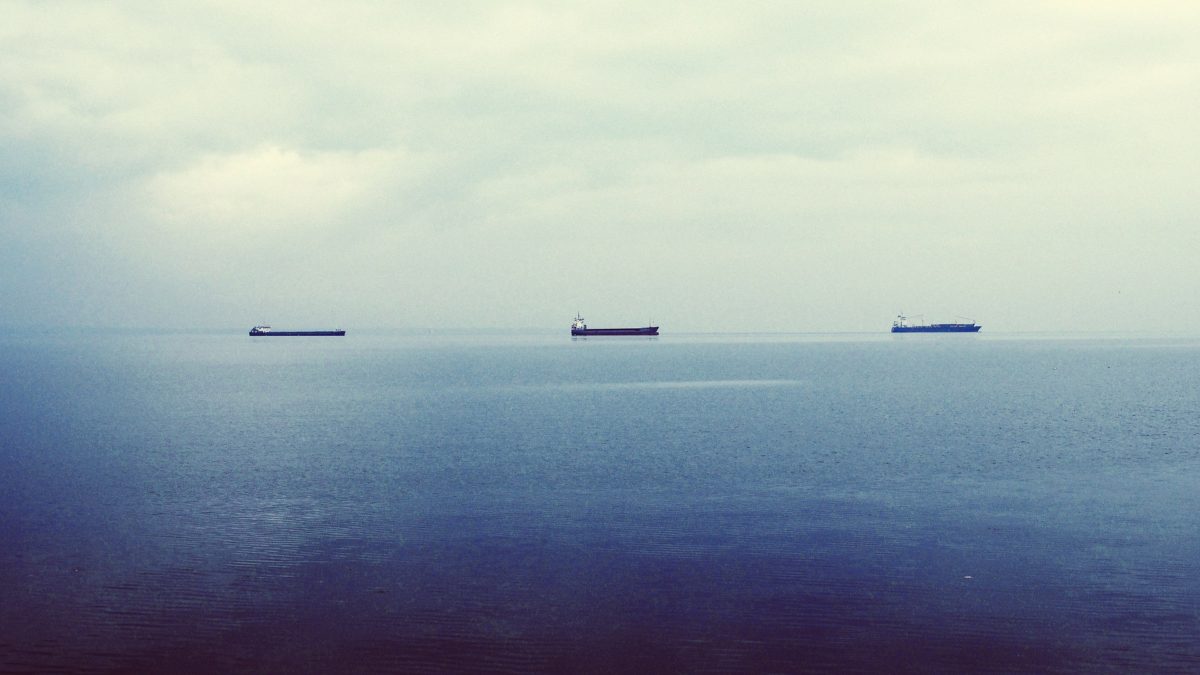China’s year-long unofficial import ban on Australian coal looks set to end as the world’s largest coal consumer comes to terms with its biggest power crunch in twenty years. While it’s bad news for CO2 emissions and good news for coal generators, it may also prove to be good news for heavily impacted Chinese polysilicon and glass manufacturers.
Two-thirds of China’s power is provided by coal, and according to Wood Mackenzie (WoodMac) research director Alex Whitworth, “China’s higher power demand growth has pushed up coal prices. We estimate that over 50% of this year’s power demand growth will have to come from coal-fired power.”
With China’s seaborne thermal coal price maker increasing to US$230/tonne, Chinese power companies are left in the bind of having to sell to the grid at a government regulated price, meaning over 90% of power plants have been loss-making so far this year, reports WoodMac.
This pressure means that China is looking increasingly likely to backtrack on its unofficial ban on Australian coal which has left “around 5 million tonnes (Mt) coking and 3 Mt of Australian thermal coal stockpiled in Chinese ports,” says WoodMac principal analyst Rory Simington, but this stranded coal could now “be cleared into China’s domestic market”, which could “lead to easing in domestic price.”
Impact on solar
Unfortunately for the Chinese solar industry the coal crunch means curtailed production and is only exacerbating supply shortages. IHS Markit told pv magazine at Intersolar Europe 2021 in Munich that component and materials shortages, along with the busy season for installations in China, is set to exacerbate installation delays in Europe for the remainder of 2021. So the slight easing of pressure provided by the integration of stranded Australian coal may come as a relief for solar imports.

Image: Jonathan Gifford
“The issues are lower utilisation rates, strong demand, and the high cost of inputs,” said IHS executive director of Clean Energy Technology, Edurne Zoco. “This combination is what is making prices quite volatile.” Indeed, some industries are being so heavily impacted that output has reduced up to 90% on August figures. In solar the most affected are polysilicon and glass manufacturers.
“In Q4, a large proportion of [module] production is allocated for China and it will absorb much of this constrained supply of modules,” continued Zoco. “Therefore the availability of modules outside of China could be restrained.”
This content is protected by copyright and may not be reused. If you want to cooperate with us and would like to reuse some of our content, please contact: editors@pv-magazine.com.









1 comment
By submitting this form you agree to pv magazine using your data for the purposes of publishing your comment.
Your personal data will only be disclosed or otherwise transmitted to third parties for the purposes of spam filtering or if this is necessary for technical maintenance of the website. Any other transfer to third parties will not take place unless this is justified on the basis of applicable data protection regulations or if pv magazine is legally obliged to do so.
You may revoke this consent at any time with effect for the future, in which case your personal data will be deleted immediately. Otherwise, your data will be deleted if pv magazine has processed your request or the purpose of data storage is fulfilled.
Further information on data privacy can be found in our Data Protection Policy.